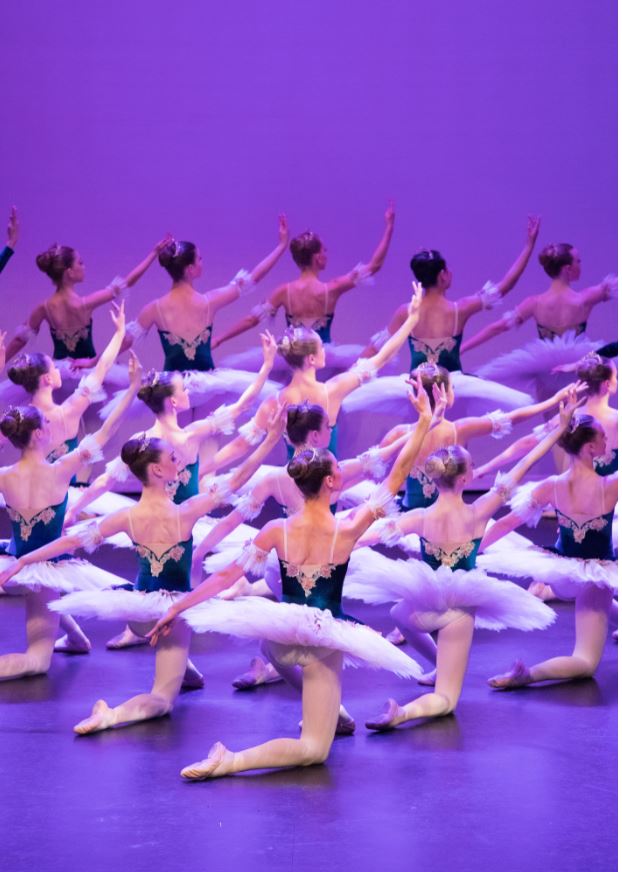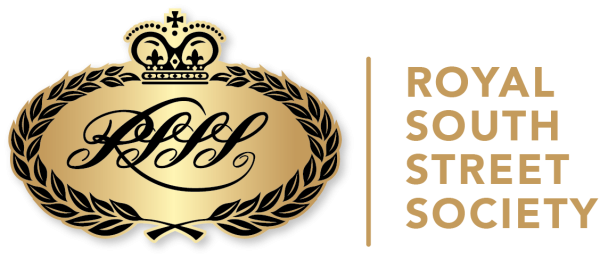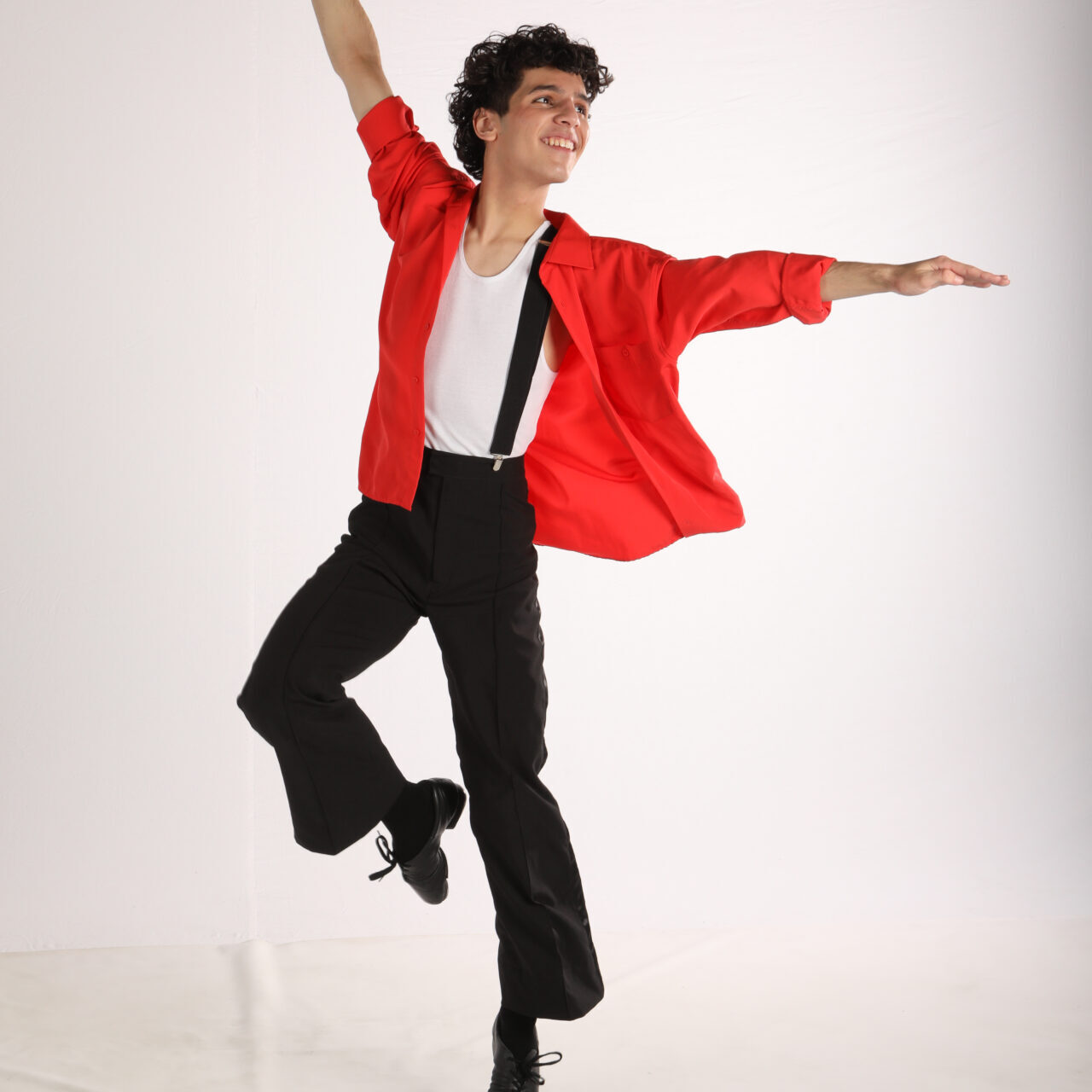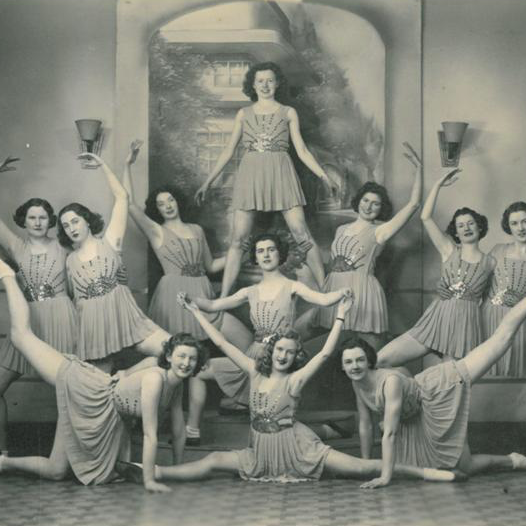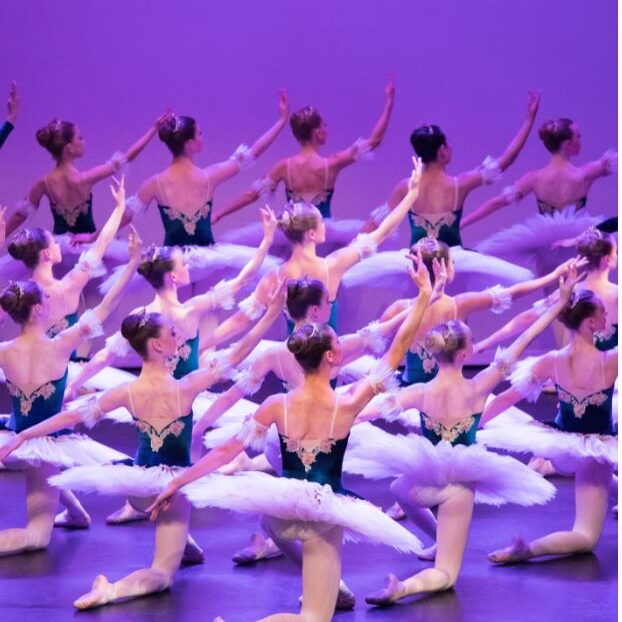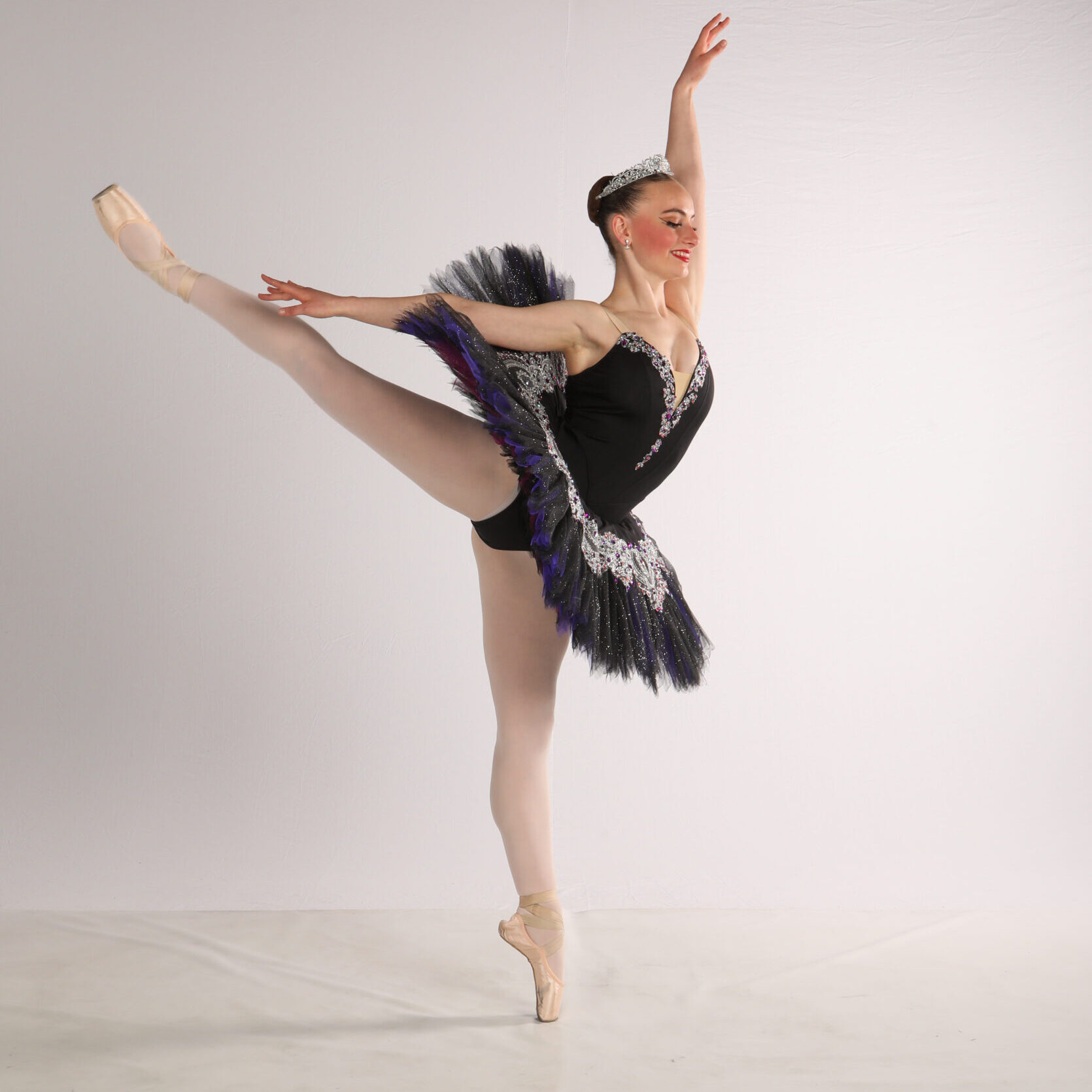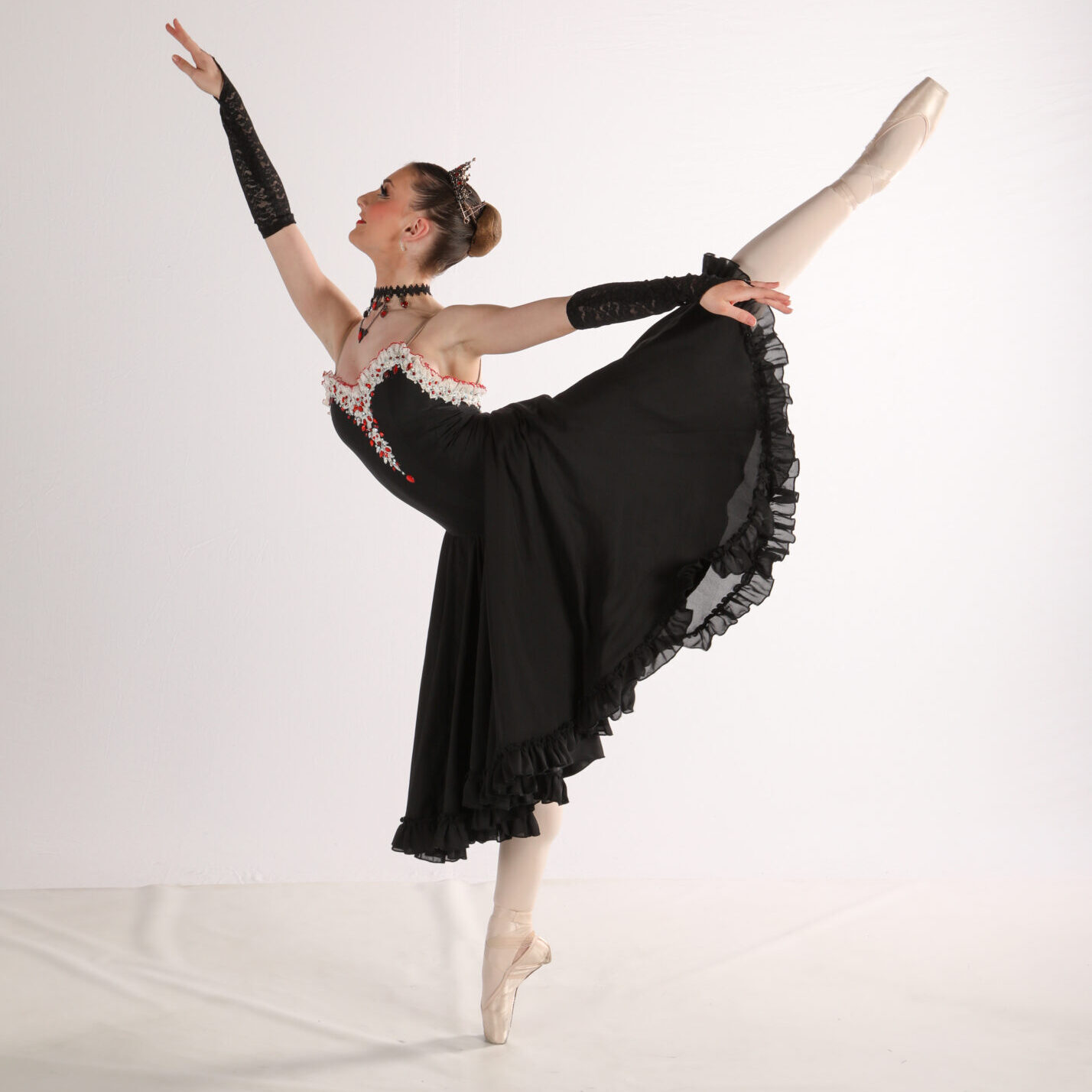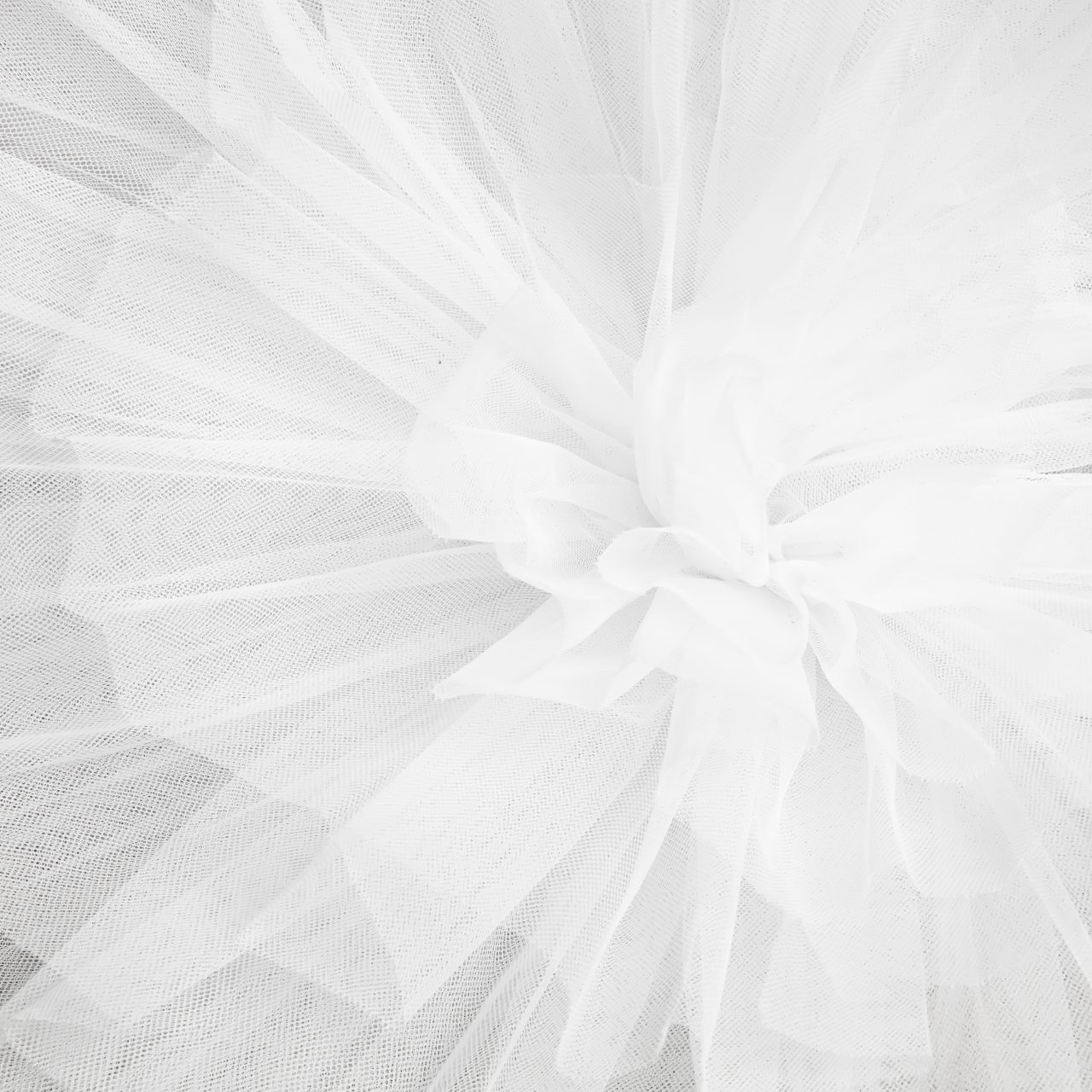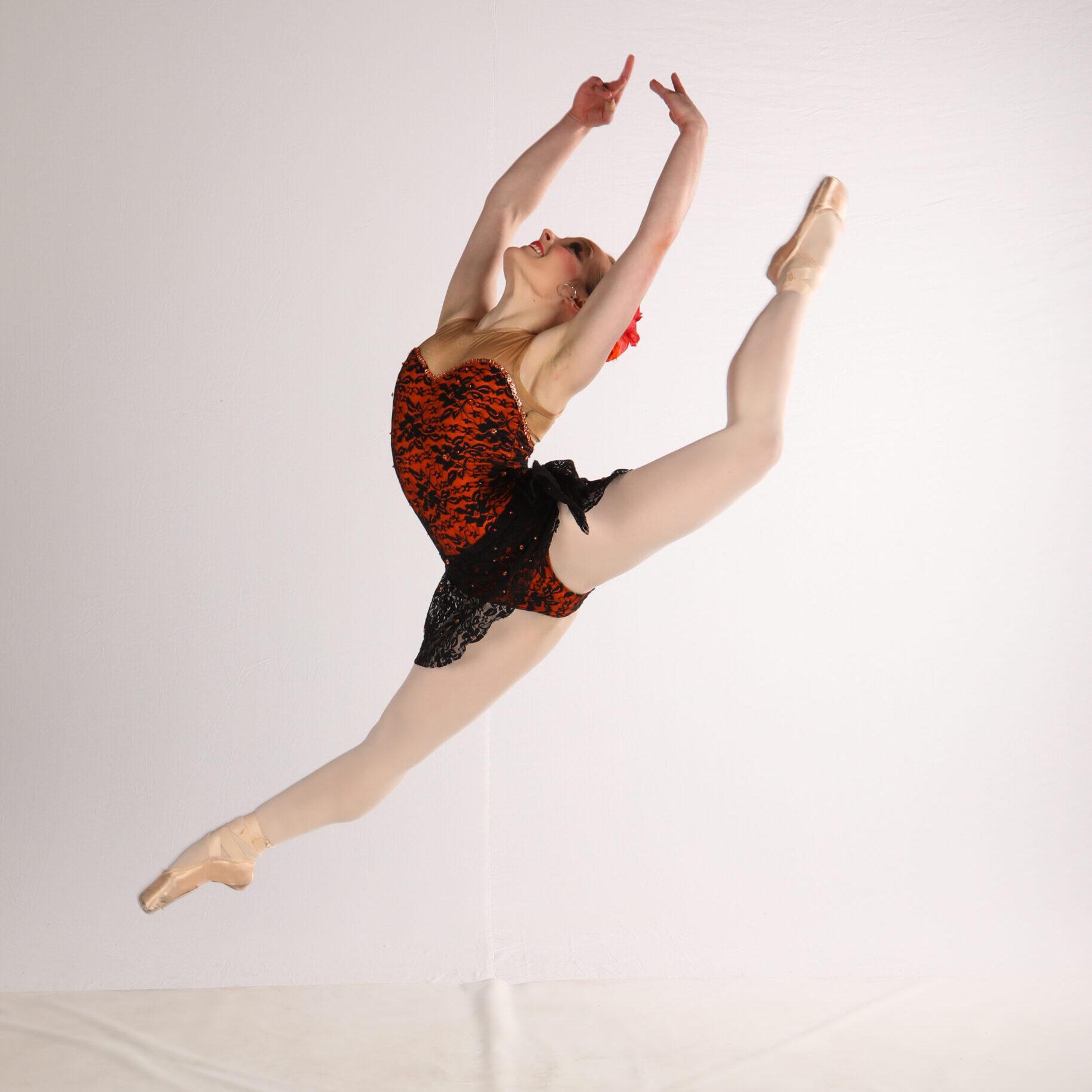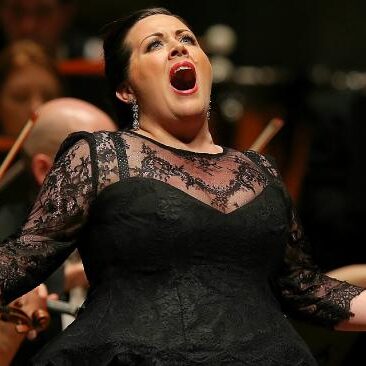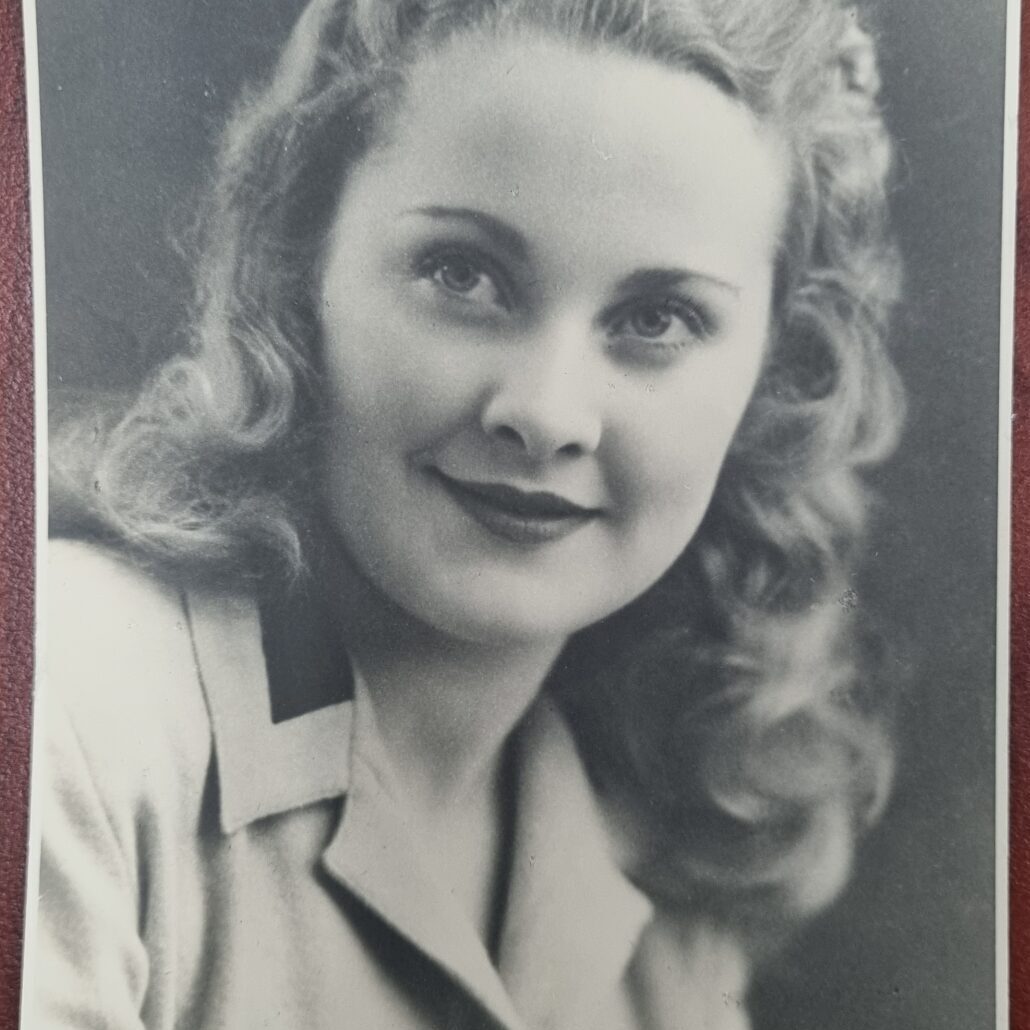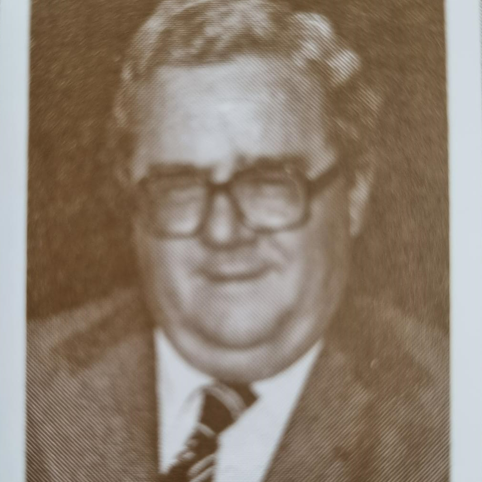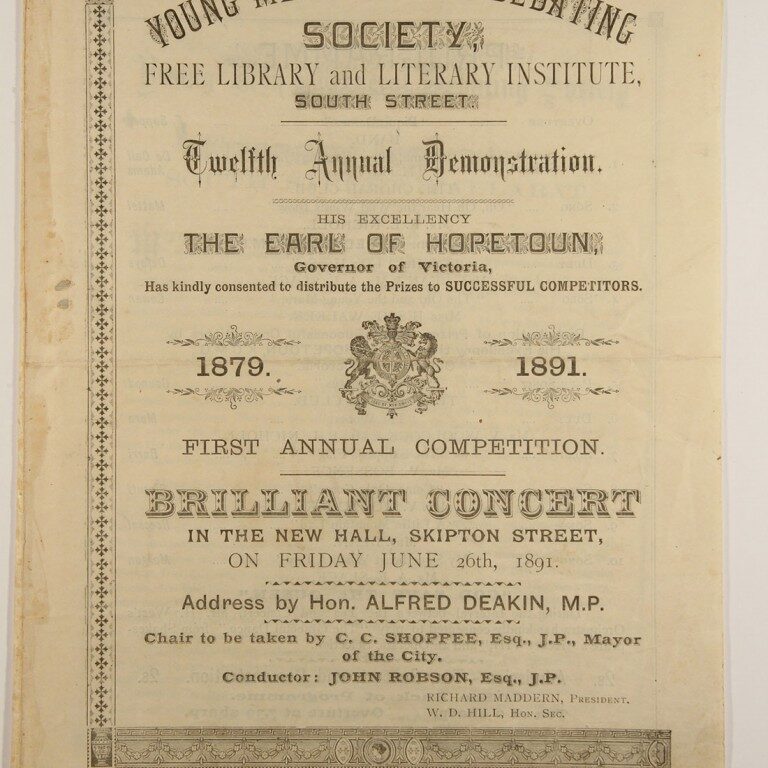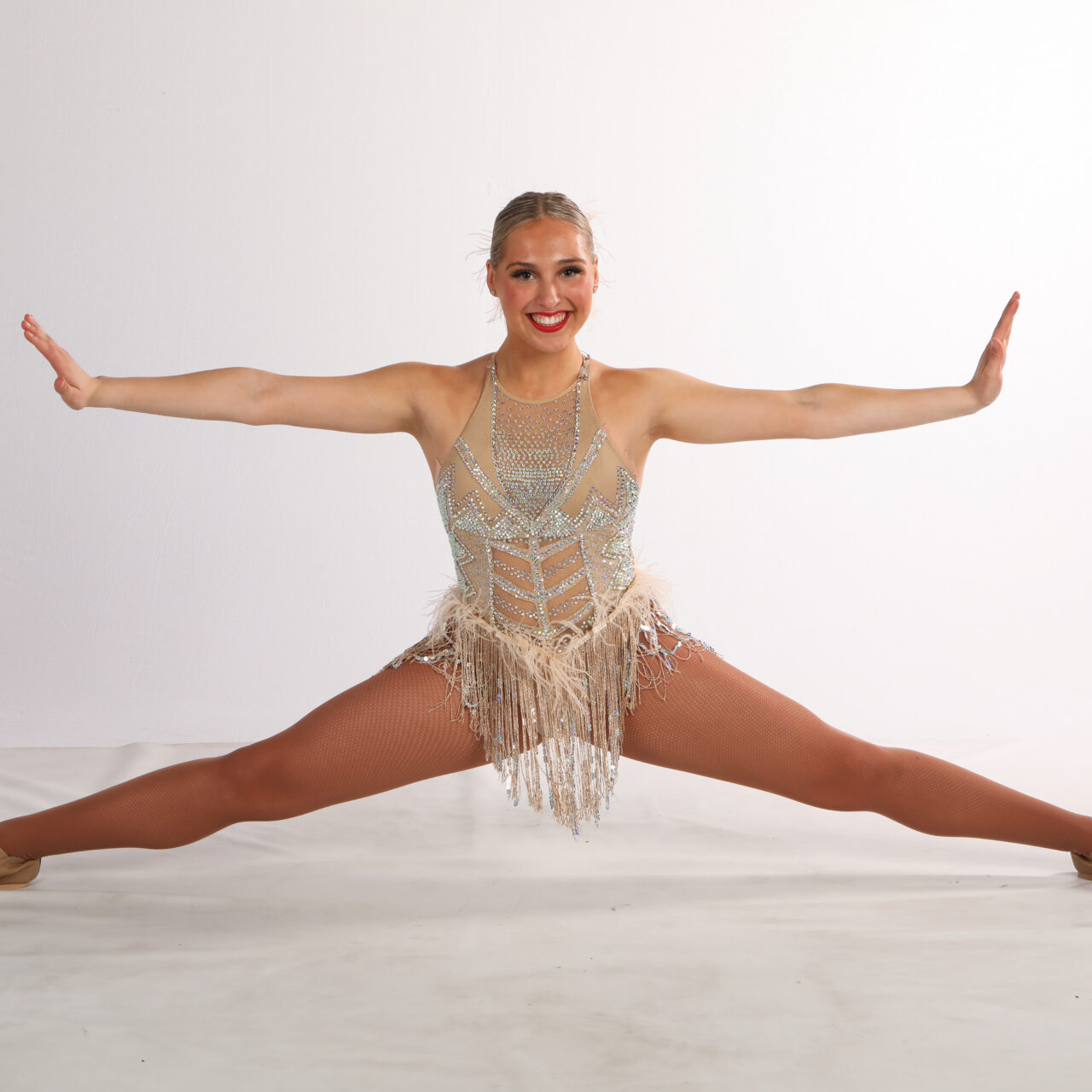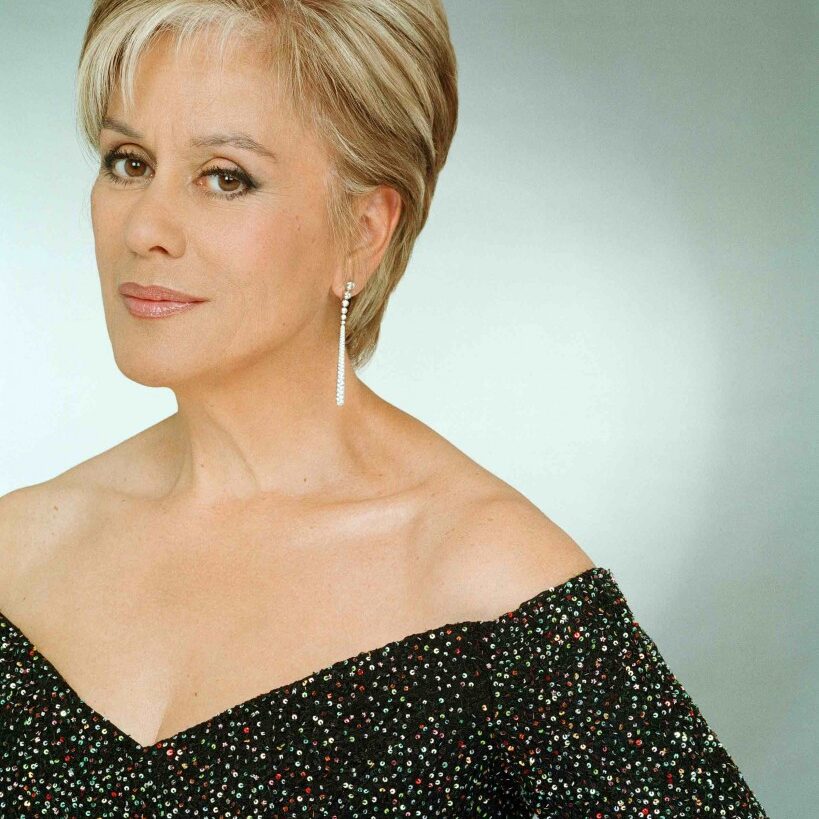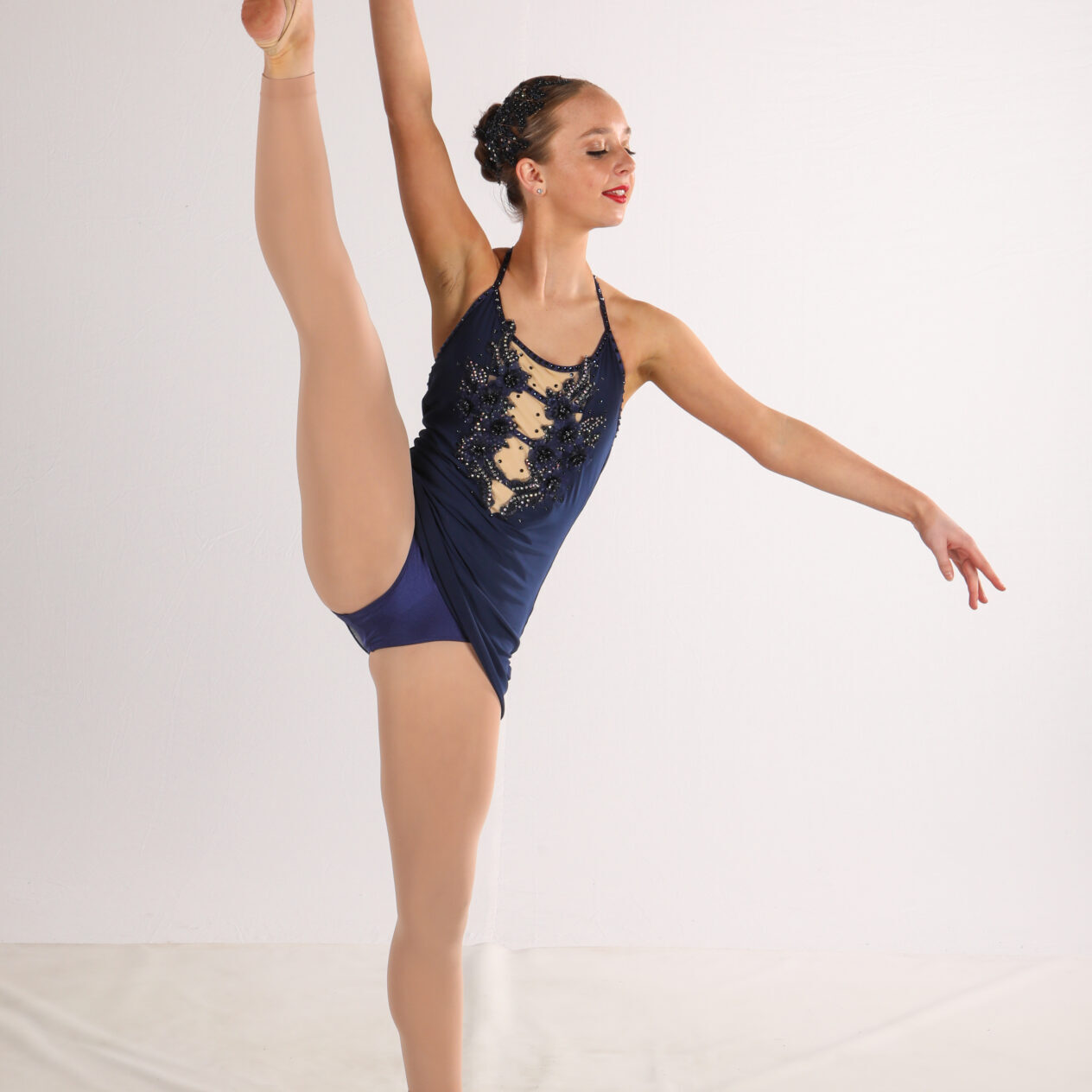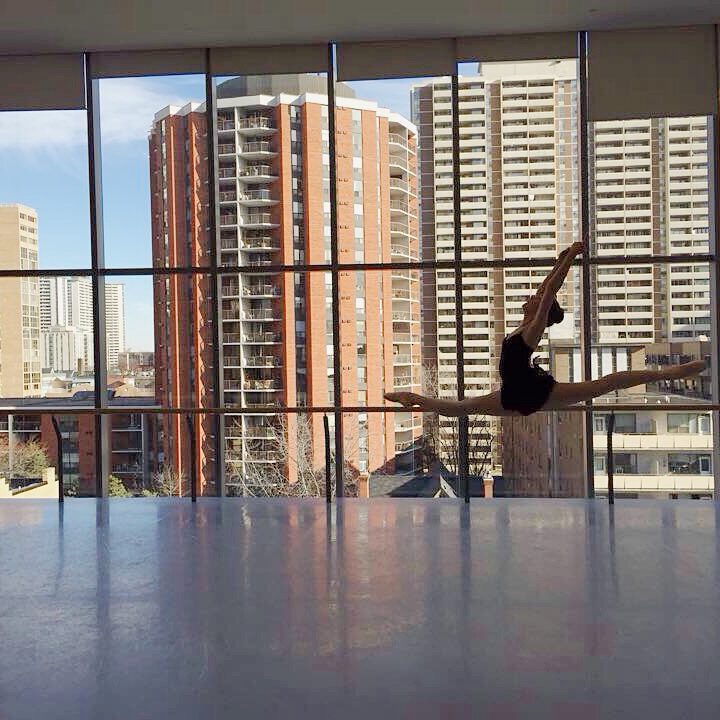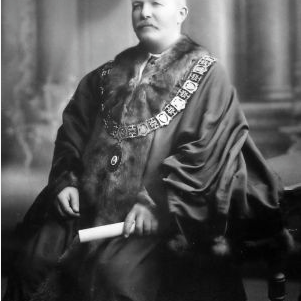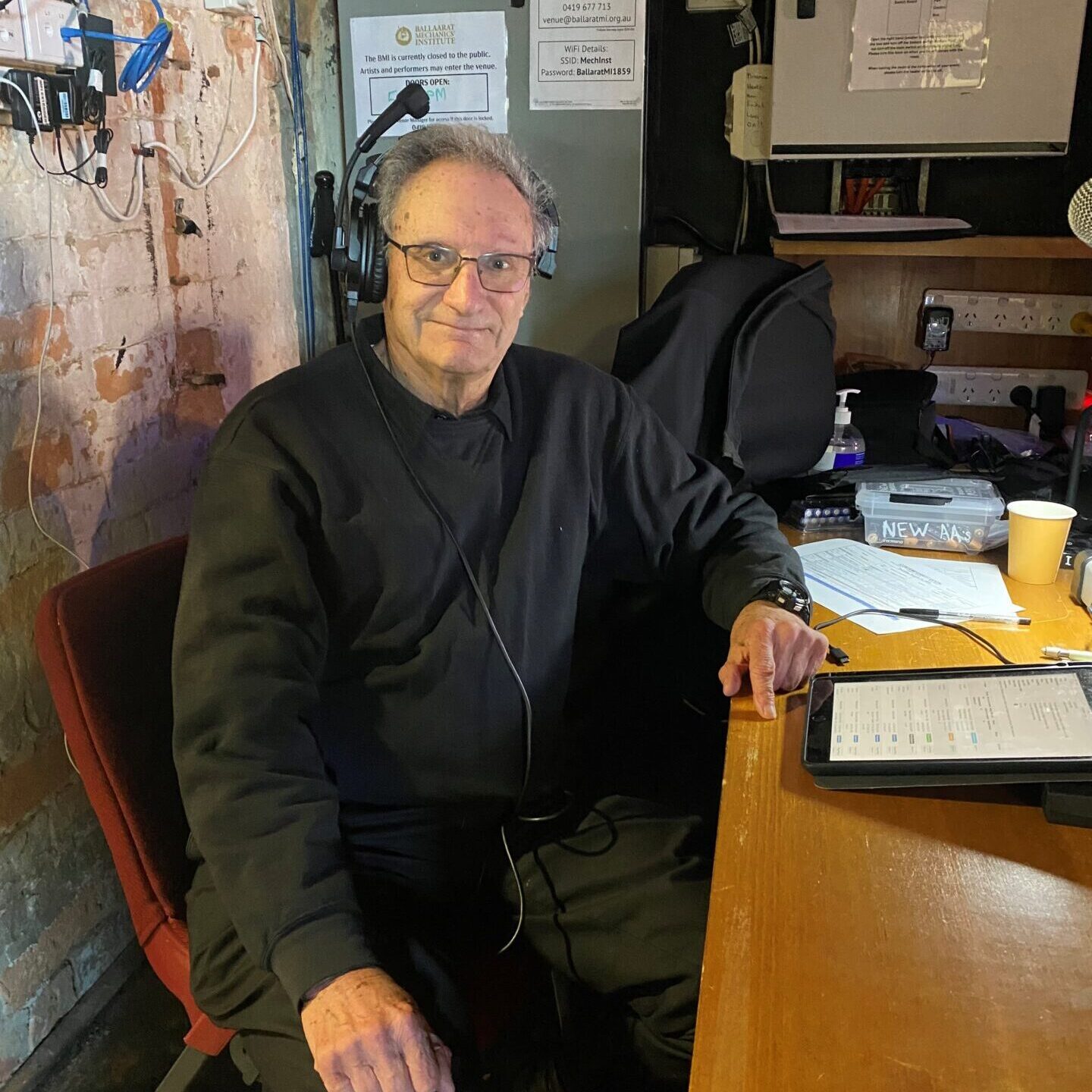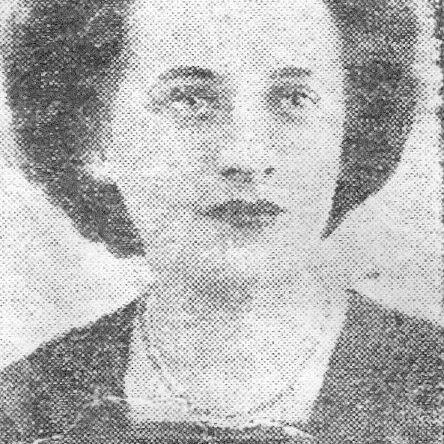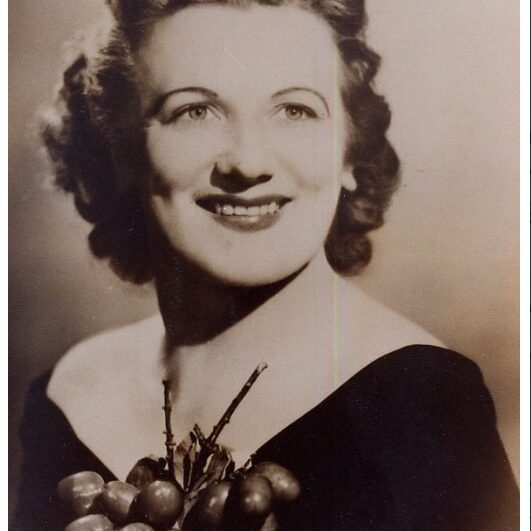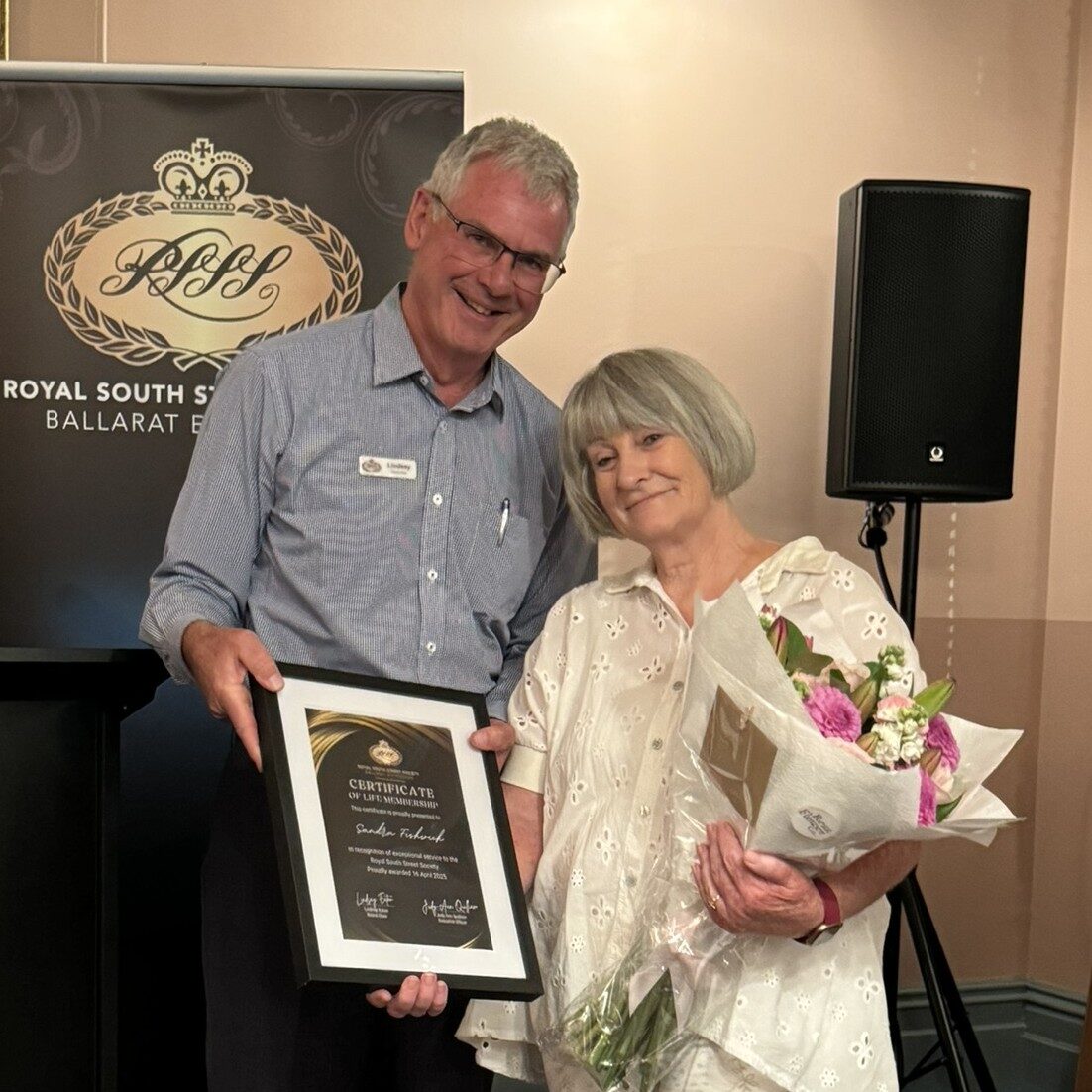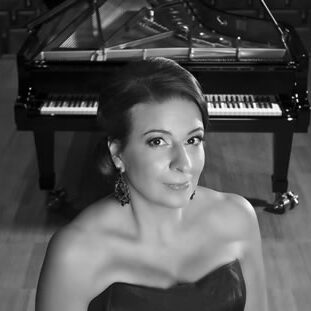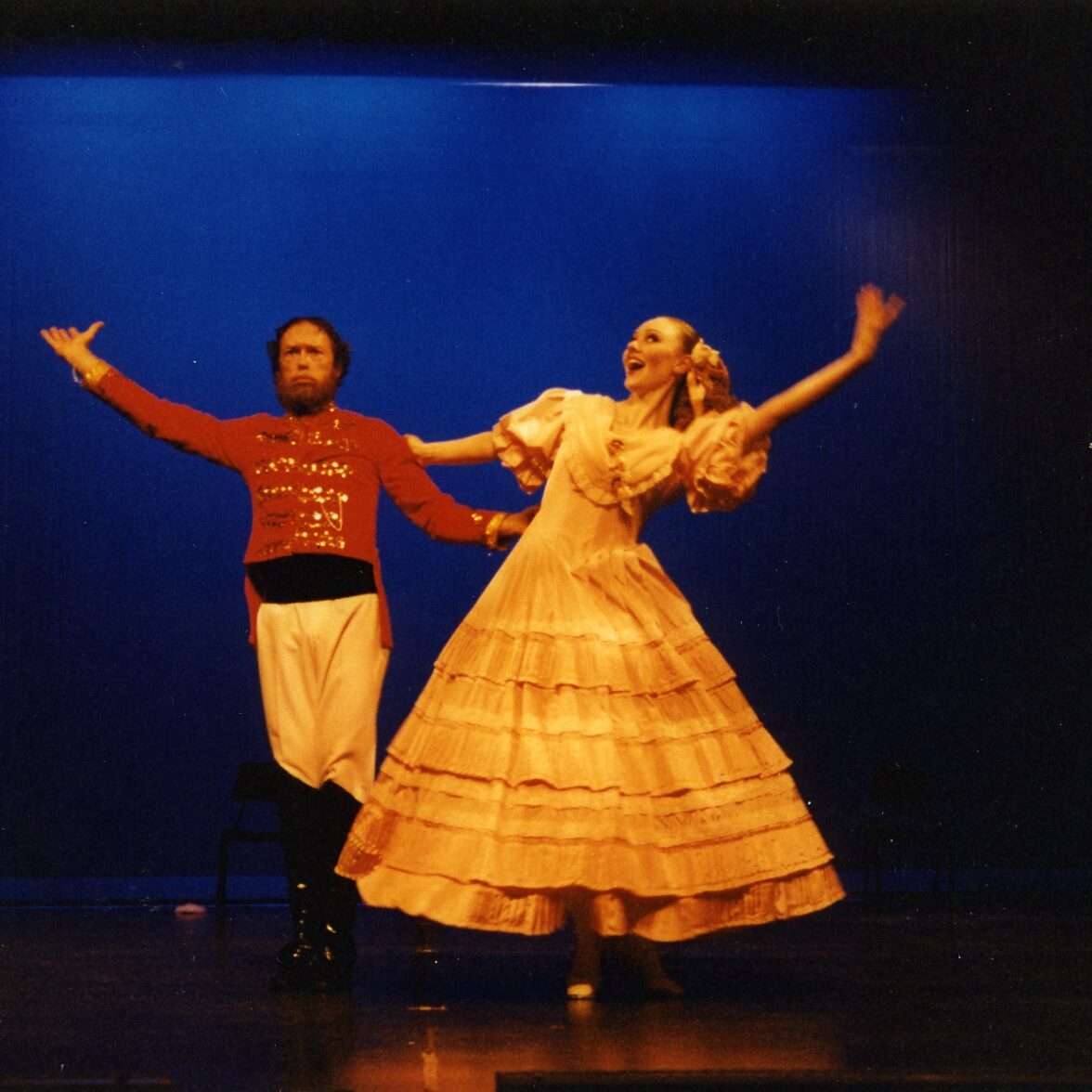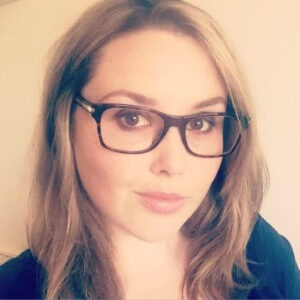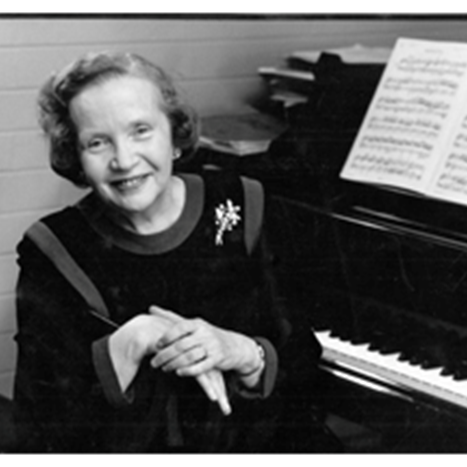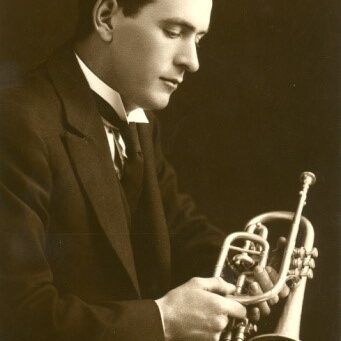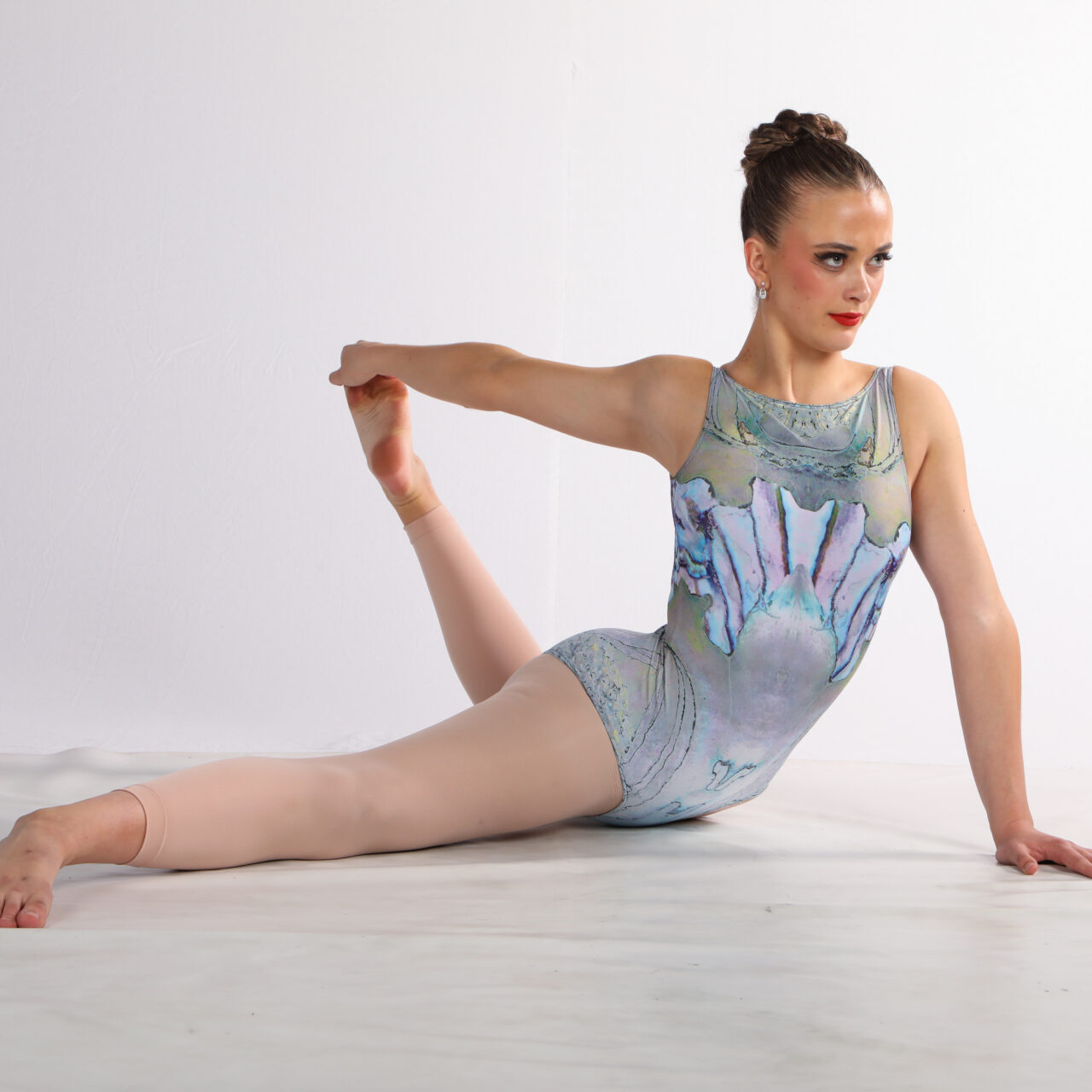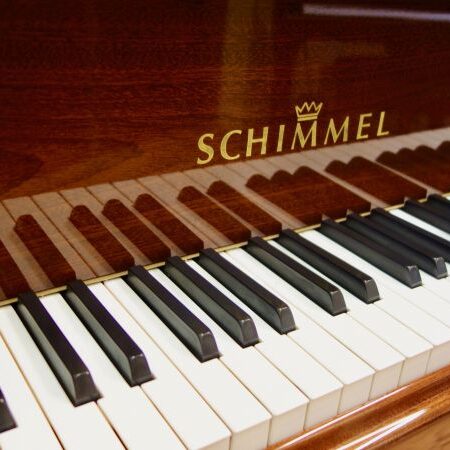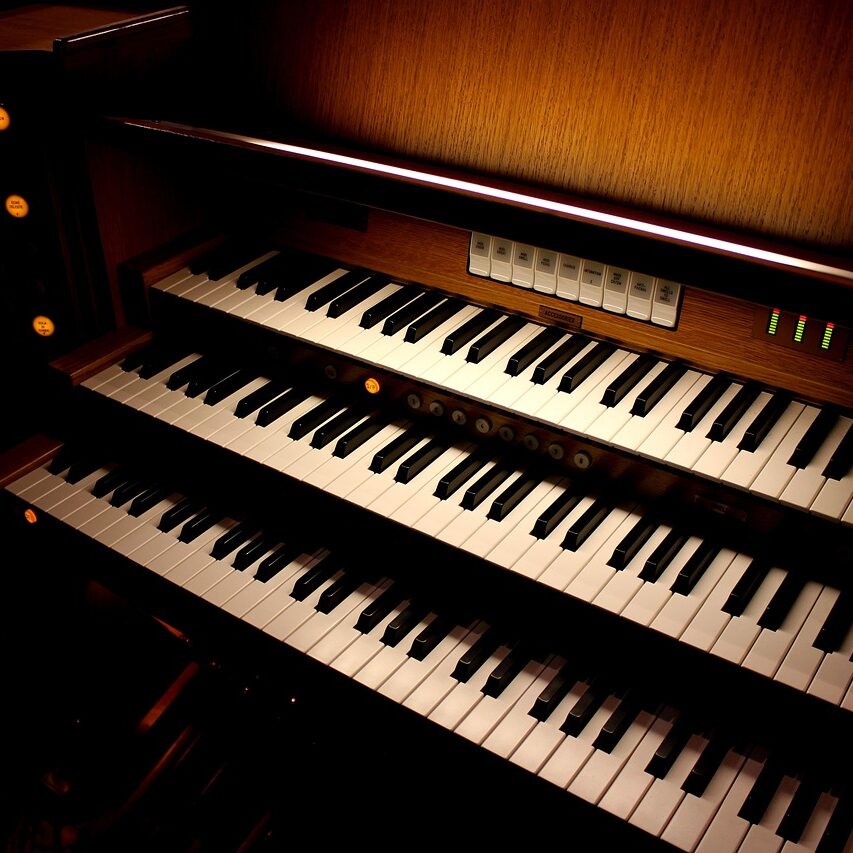A potted history of theatrical dancing in Australia.
A. M. Cole 1998
The Venues
Australia’s first theatre was a converted convict hut of mud and stone, in 1789 in Sydney town. It held 60 people, and its first production was a satire on colonial life. Our first privately owned theatre was built and run by a convict, Robert Sidaway, in 1797, again in Sydney. He also built other theatres and led an amazing life.
Most theatres for the next 80 years were built into hotels for entertainment, and used as “dancing saloons”. Levey’s Theatre Royal (1829, Sydney), was a combined hotel, granary, warehouse, boarding house, Masonic lodge, kitchen, and theatre!
Tasmania built its “Theatre Royal” in Hobart in 1837, and it is still operating today. Adelaide built its “Queens Theatre”in 1841, and Brisbane built the “Victoria” in 1865. Melbourne’s first real theatre (1841) was the “Royal Pavilion Saloon”, so named to avoid paying Government fees for producing theatrical works. (Yes, in those days the Government owned the theatrical rights for any serious entertainment, so “theatres” ran vaudeville, made up shows, and dance troupes.) Unfortunately this theatre failed because it introduced “dubious dancing” to the stage, and incurred fines and public anger. It resurfaced as the “Amateur”, and later the “Victoria”.
The “Theatre Royal” was built in 1845, and burnt down rather spectacularly 27 years later, to be replaced by the “Queens”. Fire was the common fate of most theatres of the time, flaming lights, no fire protection, wood and fabric. Australia’s first pre-fabricated theatre (“Olympic”) was imported to Melbourne in 1855, and built in 6 weeks. It was made of iron, wood, and papier-mache! The Princess was built in 1857 and is still alive although much altered.
Ballarat’s first theatre was a wood and canvas structure built in an open mine pit in 1853. Entertainment was very popular with miners, and in rapid succession theatres such as the “Adelphi, Charlie Napier, Montazuma, Victoria” appeared in Main road, also the “Red Hill, Thespian” and many “Dancing Saloons”/hotels. All were burnt down in due course, and the Charlie Napier was rebuilt 3 times before they gave up!
This was at a time when Ballarat’s official population was 21000, 32 factories, and 24 churches. Meetings leading to the Eureka rebellion were held in the “Adelphi”. The Welsh Eisteddfod was going strong in 1855, and Lola Montez brought her own brand of “dubious dancing” to the hungry populace!
The Mechanics Institute started in 1859. Alfred Hall went up in 1867, and the “Academy of Music” (now HMT) was built in 1874. Interestingly the Academy’s original flat floor was set up for theatre, ballroom dancing, and roller skating! Subsequently the Academy was refurbished into basically the theatre as we know it today.
Great Names of Dance
Dancing was part of our settler’s heritage ever since they left England and danced their way over on the boats. It existed at a very local and amateur level for some time. A plethora of teachers and dancers have graced Australia over the years, and I have, with apologies, only mentioned a very few in the following discourse.
Our first serious teacher of dance was Mrs Morrison from Scotland, who set up a Dance Academy in Ipswich Qld. in 1870.
Ida Newton, Brisbane’s first professional teacher, tragically drowned in a passenger ferry crossing the flooded Brisbane river in 1893, and her school ceased forthwith. Teachers of early dancing taught “Fancy Dancing”, which encompassed Morris, maypole, Scottish, Irish, Geisha, ball room dancing, pointe work and basic ballet, “blue ballet”, deportment, good manners, physical culture, and eurhythmics (calisthenics. aesthetic exercises as we know it now), singing, and concerts.
In 1899, one very famous Nellie Lawrence was teaching all forms of dance, and Calisthenics. The cost for a term of 15 weeks tuition was $3. Agnes Rahilly-Brown (1892 – 1952), had won gold in Elocution at South Street before 1908, and went on to teach Plays, Ballet, Reveues, Pantomimes in Melbourne and Brisbane. She organised and toured many “patriotic benefit shows” throughout the country.Groups such as “The Sunshine Company” and “The Little Patriots” were very famous during and after World War One. Miss Bedford Young was another famous teacher of her time (1920’6 & 30’s). She lived in St Kilda and produced many great professional dancers.
Russian ballet companies toured the world in the 20’s and 30’s, and swept Australia in a storm of acclaim and enthusiasm. Anna Pavlova was one of these immortal legends who came and mesmerised the population. Faced with political uncertainty back home, quite a few dancers defected the companies and remained in Australia as dancers and teachers – to our immense benefit.
Lucy Saranova was one, she taught in Melbourne in the 1920’s. Eunace Weston was one of her pupils and became an outstanding dancer about 1927. She actually helped Borovansky, another defector, to rent a studio in Melbourne. This allowed Borovansky to start his school, his company, and ultimately was born the Australian Ballet Company as we know it today.
Marjorie Hollinshed, 1908 – 84. A turning point in Australian dancing. As a young dancer in the fullness of youth, in 1926 an “impoverished veterinarian took her to see Anna Pavlova dance, in seats he could ill afford”, and changed her life forever. She fell in love with the vet, she had 2 magic lessons from Anna’s dance partner, and decided to learn everything she could about classical ballet.
Up until that time students learned “fancy dancing” of all styles, and many a child at 4 years old went onto pointe shoes totally unprepared. Marjorie, and others, saw that this was very wrong and set out to correct the situation. She stopped teaching fancy dance, and concentrated on classical ballet technique, then called Operatic Dancing (remember our old guide books stating “operatic classical ballet”?) and Eurhythmics. She went on to become a most influential teacher in Australia and had many famous students. As a result of Marjorie and other teachers’ efforts, teaching standards and organisations were set up to benefit all Australian children.. Organisations that directly affect South Street are –
Commonwealth Society of Teachers of Dancing, established 1931 by Dorothy Gladstone.
Royal Academy of Dancing, est 1935 by Eunice Weston, and later Jennie Brenan.
Cecchetti Society, est 1935 by Lucy Saranova.
British Ballet Organisation, est 1939 by Eunice Weston, later Vera Lacey and Pamela Shield (adjudicator at RSSS early 80’s), and of course many other organisations were established to service dance in all its forms.
They brought order and sanity to the methods and standards of Dance throughout Australia, and continue to this day. The beautiful dancing and dancers you see now, the breadth of choreography, and the relative safety of action, are the direct results of these wonderful women of history, the Australian “Iron Maidens of Dance”.
